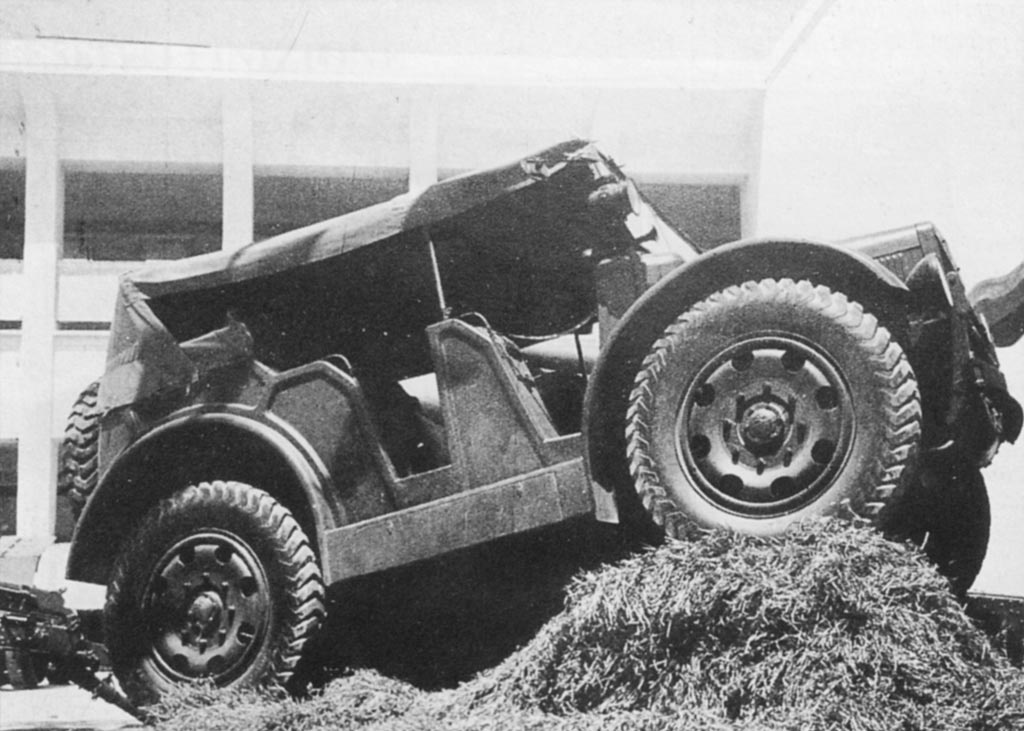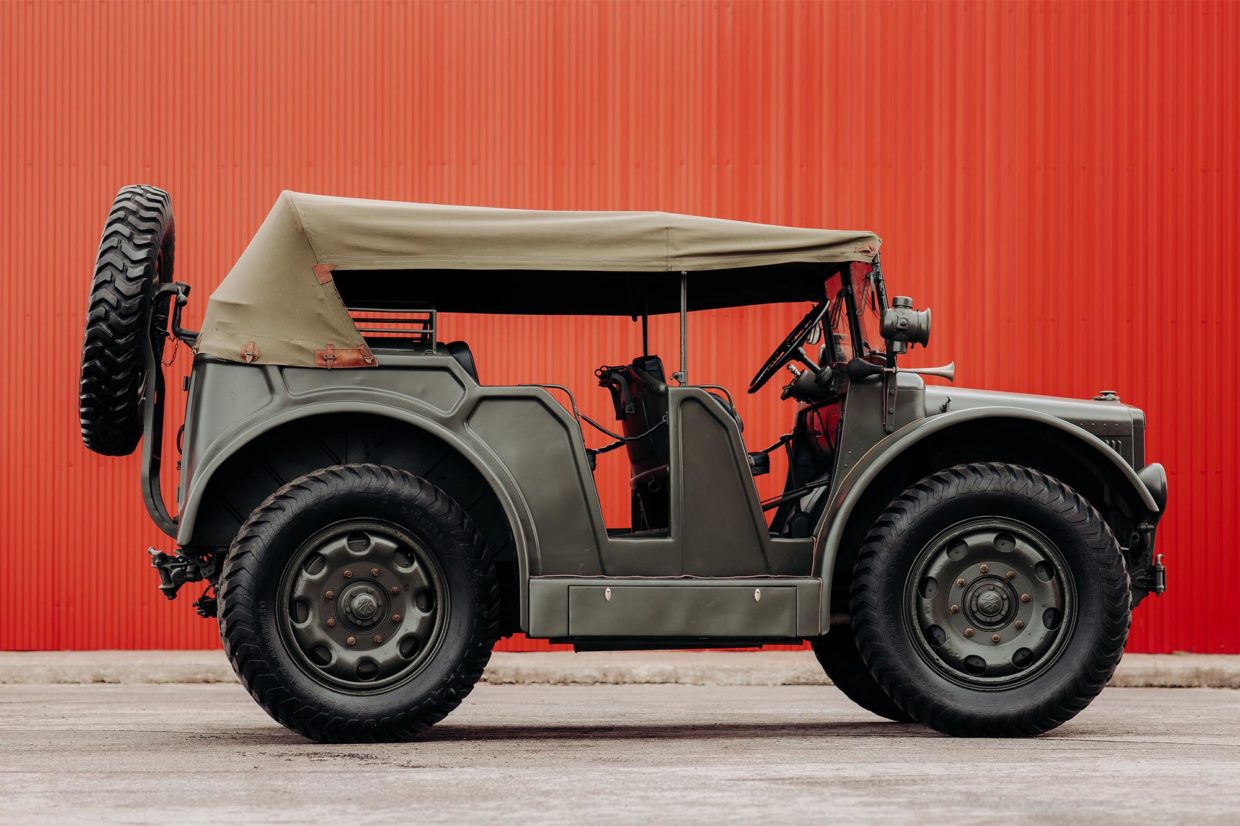This entry is also available in: Russian Chinese (Traditional)
The Italian light artillery tractor TL 37 was probably the most passable and the most “difficult” tractor of World War II.
History of appearance
Società Piemontese Automobili Ansaldi -Ceirano, simply called “SPA”, was founded in 1906 but lasted only two years before becoming Società Ligure Piemontese Automobili in 1908. Eighteen years later, in 1926, the company went bankrupt and was taken over by Fiat. Car production was stopped to use the Turin plant’s facilities for the production of trucks and tractors. During the Second World War, the production of trucks continued, but the plant also developed the production of military equipment: tanks, artillery tractors, and armored vehicles. The last vehicles under the brand SPA were produced in 1949.
The history of Italian light tractors for artillery service began in 1930 with the development of the Pavesi P4/100 TL 140, designated “TL 31”, which in small quantities went to transport cannons 75/27 mod. 11 . But this model did not satisfy army officials, in particular, because it lacked adequate suspension and was too large.
In the first half of 1935, the Army issued a specification for a new model of light tractor designed to motorized artillery groups with 75 and 100-mm guns. Among the requirements of the military were an all-wheel drive, a top speed of 40 km/h, and a crew of six. Only two manufacturers took up the task: Fiat-SPA and Breda.
The Fiat-SPA, designed by engineer Emilio Martinotti’s team, was powered by the 18TL engine that had proven itself in the SPA Dovunque 35 armored personnel carrier and the SPA 38R light truck. The layout was well suited to the task, with a permanent four-wheel drive and all four steering wheels giving a turning radius of 5 meters.
Breda, for its part, presented a model that resembled the silhouette of the now obsolete medium tractor. Because of the short wheelbase, the use of four-wheel steering was not justified and it was not implemented.
Although comparative tests of the two models conducted in 1937 showed very similar characteristics, the authorities preferred the Fiat- SPA tractor.
The Fiat-SPA prototype was presented to journalists on May 31, 1938, and on July 11 of the same year it was tested during maneuvers in the Vushano area. Before the end of 1938, 24 examples of the tractor were sent to Libya for experiments to carry parts with 75/27 mod.1906 guns, as well as trailers with ammunition with a capacity of 100 rounds. These tests were considered very satisfactory because the vehicle solved the problem of the mobility of divisional artillery units in the desert.
Adopted for service in 1938, the model was originally called TLa (trattore leggero per artiglieria), later receiving the designation TL 37.







Production
The first major production order for the TL 37 was placed in October 1937 for 250 units. Fiat-SPA production capacity rose from 39 monthly units (all possible versions) in the first half of 1939 to 135 monthly units in the first half of 1940, then to 150 units in the first half of 1941, and fell to 100 units per month a year later. These figures were clearly insufficient to make up for both combat losses and the hasty modernization of the horse and artillery regiments. We should also keep in mind that as of June 1, 1940, only 467 pcs. 75-mm and 100-mm artillery guns of the First World War had been converted for mechanized traction.
A total of 2,084 TL 37s had been ordered for production as of October 28, 1940. On March 1, 1942, 1,021 were in service and 1,021 awaiting production, and on April 30, 1943, before the loss of Tunisia, 2,267 TL 37s were in service and 479 awaiting assembly.
Technical description

The main elements of the TL 37 were attached to a stamped frame, as light as possible. An iron body (a real achievement compared to the British Humber FWD) was attached to the frame, which could accommodate five more soldiers in black leather seats in addition to the driver. From February 1942 the leather was replaced by a black synthetic material. The rear trunk could hold up to 290 kg of 75 or 100 mm ammunition.
Left photo: The TL 37 was presented at the Overseas Territories Exhibition in Naples in May 1940. The car first appeared with a spare wheel.
The removable tarpaulin roof only partially protected the crew from the weather and enemy sighting, supported by two metal arcs, one of which was folded at the rear of the vehicle and the other retracted behind the front seats.


As previously stated, the TL 37 was powered by an 18TL four-cylinder in-line four-cylinder petrol engine of 52 hp. The engine was limited to 2000 rpm and the low torque was a nuisance in muddy or snowy conditions. The Zenith mod.36 TTHVI carburetor was designed for off-road and steep grade applications. The original Zenith air filter was replaced with a standard OCI oil filter, which was fitted on all tractors shipped to Libya. The engine-clutch assembly was suspended from the chassis on four silent blocks: two at the front, at the level of the transfer case, and two at the rear, at the level of the double-disc dry clutch.



The steering, rather difficult to maneuver, was based on an endless screw sector, allowing four-wheel steering. The gearbox and differential sump was located in the center of the chassis, between the two longitudinal struts. The lower part of the crankcase, which housed the gears, was made of cast steel, while the upper part was made of aluminum. The gearbox had five gears plus reverse. The bevel gears in the differential transmitted motion to all four driveshafts. At the rear of the gearbox housing was a power takeoff for the 2-ton winch, which meshed with the secondary axle of the box. The mechanical complexity of the design provided the tractor with excellent cross-country capability, but on the other hand, led to excessive fragility of some parts.




The tractor was equipped with an independent lever spring suspension at the front and an independent lever spring suspension at the rear. The wheels with pressed sheet metal or solid rims were fitted with 1098mm diameter Celerflex semi-pneumatic tires or 9×24 Artiglio pneumatic tires. To improve traction, pneumatic tires could be fitted with chains, and wheels with semi-pneumatic tires could be fitted with metal lugs that served as spikes.



A 6-volt electrical circuit powered a Marelli D75R dynamo to power two externally adjustable front lights, a taillight, dashboard lights and a Marelli T23 klaxon located under the hood. With the engine turned off, two acetylene headlights mounted on either side of the windshield were used for lighting.
From the first months of 1942 a folding support was installed on the rear of the body to hold the spare tire. This modification was also extended to already produced vehicles equipped with pneumatic tires. There were two types of supports, depending on the type of artillery gun carried. For the 75/27 mod.06 cannon the support was longer by about 200 mm.
TL 37 Coloniale and Libia
Two TL 37 models were developed for use in Libya in 1941.
The TL 37 Coloniale differed from the basic version by having Libia-type tires (9.75×24), a 2.5 ton capacity winch, and oil air filters on the engine and gearbox.



In addition to these modifications, the TL 37 Libia received an exhaust muffler, an additional 150-liter tank mounted on the trunk lid, and two smaller 35-liter tanks on either side. Another extra tank allowed for three times the autonomy of the vehicle.



TL 37 Pontiere
The TL 37 Pontiere was introduced in 1941 for the transport needs of engineering pontoon bridges and was ordered in 484 units. The rear crossmember of the chassis had to be modified to accommodate a 3.5-ton drum winch. The 38.5 m long tractive rope could be extended to 57 m. The rear trunk accommodated special engineering tools and the spare tire support was raised.





6-seater roadster
A prototype based on the TL 37 chassis was probably made in 1944. The purpose of this prototype is unknown, although its low speed (not more than 60 km/h) seems to rule out completely the possibility of using it as a reconnaissance vehicle.


On the cutting edge of the attack
Entering artillery and engineering units in 1938, TL 37s served on all fronts where the Italian Army took part from 1939 to 1945, with the exception of East Africa. According to the 1942 organizational chart, a motorized artillery brigade was to have 18 TL 37s (plus 10 AS 37s, Saharan trucks designed on TL 37 chassis, for divisions deployed to North Africa). In addition to artillery and engineering troops, the tractors went to units of the Motor Corps, Navy and Aviation.
Several were captured by the Allies in North Africa. The Australians, who managed to test it in 1941, considered it one of the best artillery tractors used in that theater by all countries combined. Also in North Africa, the TL 37 was fitted with 75/27 mod.11 guns to create self-propelled artillery units.
After the Armistice in September 1943, the Germans recovered a large number of TL 37s and ordered production to continue: 75 were delivered in 1944 and 7 in January 1945. Some of these tractors also joined the ranks of the RSI armed forces in the North and the Corpo Italiano di Liberazione in the South.
After the war, the TL 37 remained in production in the T 37 version (a flatbed truck very similar to the AS 37) until 1948 and participated in the intervention in Somalia in the 1950s as part of the 100/17 howitzer battery.
Technical Specifications
| Manufacturer | SPA, Italy | .
| Years of manufacture | 1938 – 1943 | .
| Number, pcs | 200 | .
| Cost | Cost | .
| Cost in current prices | .. |
| MOTOR AND TRANSMISSION | .|
| Type | 4-cylinder, in-line, bottom-valve |
| Engine displacement, cm3 | 4,053 |
| Piston diameter and stroke, mm | 96 х 140 | Piston stroke in mm |
| Power | 38 hp at 1250 rpm |
| ignition | .Manually start the engine | Manually start the engine | .
| Carburetor | Zenith 36 TTHVI | .
| Accumulator | .. |
| Clutch | .|
| Gearbox | . |
| Wheelbase and wheelbase | .|
| Frame type | .. |
| Front suspension | independent, spring |
| Rear suspension | independent, spring suspension |
| brakes | drums on all wheels |
| Wheel size | 9.00-24 | .
| DIMENSIONS | .|
| Длина, мм |
4 130
|
| Ширина, мм |
1 830
|
| Высота, мм |
2180 (with аwning)
|
| Wheelbase, mm | |
| Ground clearance, mm |
345
|
| Mass, kg |
3 181
|
| Petrol tank capacity, l | |
| Maximum speed, km/h |
38
|
| Range, km | 170 |
*- Data based on the results of the measurement on the museum “Motorworld by V. Sheyanov” exhibit.

































































